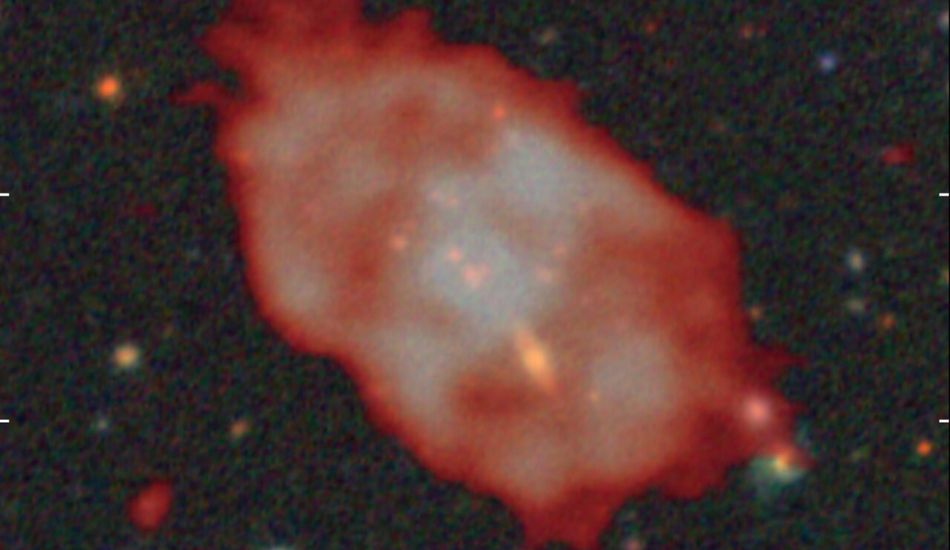
Citizen Scientists Discover Extragalactic Venn Diagram of Radio Signals
Hey tech enthusiasts! I stumbled upon a pretty fascinating discovery recently that I just had to share. A group of citizen scientists, using some seriously cool radio telescope tech, spotted something truly unique out there in the cosmos: a pair of oddly shaped radio emissions that resemble a near-perfect Venn diagram. And when I say "out there," I mean really out there – we're talking signals coming from extragalactic distances!
So, what exactly are these cosmic Venn diagrams? Well, researchers are calling them "odd radio circles," or ORCs for short. These aren't your everyday celestial objects. They're enormous rings of magnetized plasma, visible only at radio wavelengths, that radiate synchrotron radiation. Think of them as gigantic shockwaves rippling across space. Considering how big the universe is, it’s no surprise that they are usually hundreds of thousands of light-years across! Astronomers have known about these for six years, but this discovery is unique because it's the most distant and powerful pair spotted so far.
The lead author of the study, Ananda Hota, believes ORCs could provide crucial insights into the co-evolution of galaxies and black holes. It makes sense if you think about it. Everything in the universe is connected somehow and it's exciting to think that citizen scientists are playing a key role in figuring out this connection.
Possible Explanations
Because ORCs are so new to us, scientists aren’t sure exactly what causes them. Some theories suggest they could be shockwaves from merging galaxies or black holes, or even remnants of supernovas. Another possibility is that they’re the result of "superwinds" compressing dormant radio lobes. I mean, it's not like we can just pop over there and take a look! We have to rely on interpreting the data we get from these telescopes. Adding to this discovery, scientists found two powerful galaxies nearby that are blasting jets of plasma, which supports this superwind theory.
Pratik Dabhade, one of the study co-authors, highlighted that ORCs aren't isolated phenomena, but a piece of a larger puzzle involving exotic plasma structures. He also mentioned the importance of human pattern recognition, even with advanced machine learning that help scientists discover new things in space. These signals were first detected by citizen scientists using the Low Frequency Array, proving the value of human curiosity.
Source: Gizmodo